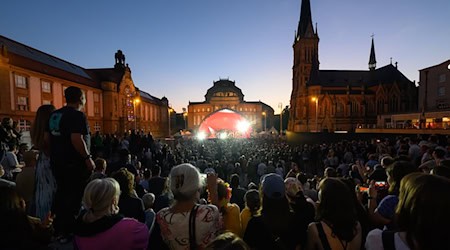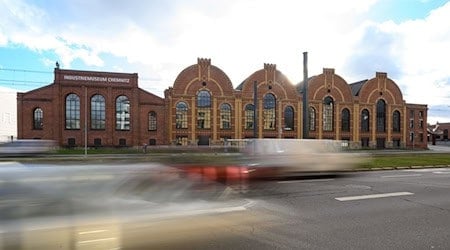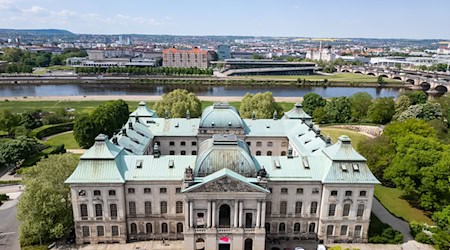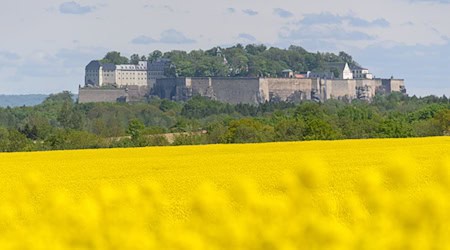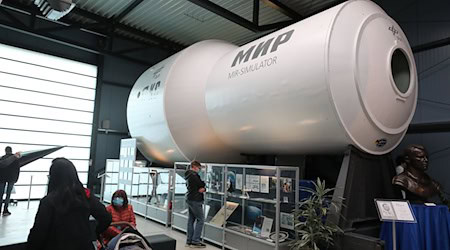Despite all efforts, the search for objects that illegally ended up in smaller museums in Saxony remains difficult, especially beyond the centers. Although there is a lack of staff and specialist expertise there, many institutions have in the past identified items "on their own" that came into their collections between 1945 and 1949 or afterwards, said the director of the State Office for Museum Affairs, Katja Margarethe Mieth, on International Provenance Research Day at the German Press Agency in Dresden.
The "Erstcheck" service offered by the German Lost Art Foundation in Magdeburg, which allows smaller museums or libraries to get a rough overview of their holdings free of charge, is still hardly used in the Free State. One project is about to be completed.
The Dresden State Art Collections (SKD) were pioneers in researching the provenance of artworks with the state-funded "Daphne" project. But a lot has also happened in the art museums in Leipzig and Chemnitz, as Gilbert Lupfer, director of the Magdeburg center, said. There are problems and obstacles at the smaller non-state museums in the area. According to Mieth, however, the general openness to the sensitive topic has also grown among funding bodies.
The experienced provenance researchers of the "Daphne Project" have been advising and supporting institutions in the area for some time. In view of the rather subdued response to the task so far, Mieth called for the cooperation, which expires at the end of the year and is linked to a permanent position, to be extended. Small museums could not fulfill this important task on the side. Mieth also referred to concerns about the consequences of researching the provenance of their collections and fears of loss. They feared damage to the reputation of the museum or collectors associated with them. Education and motivation are needed to deal with this sensitive topic.
Copyright 2024, dpa (www.dpa.de). All rights reserved


